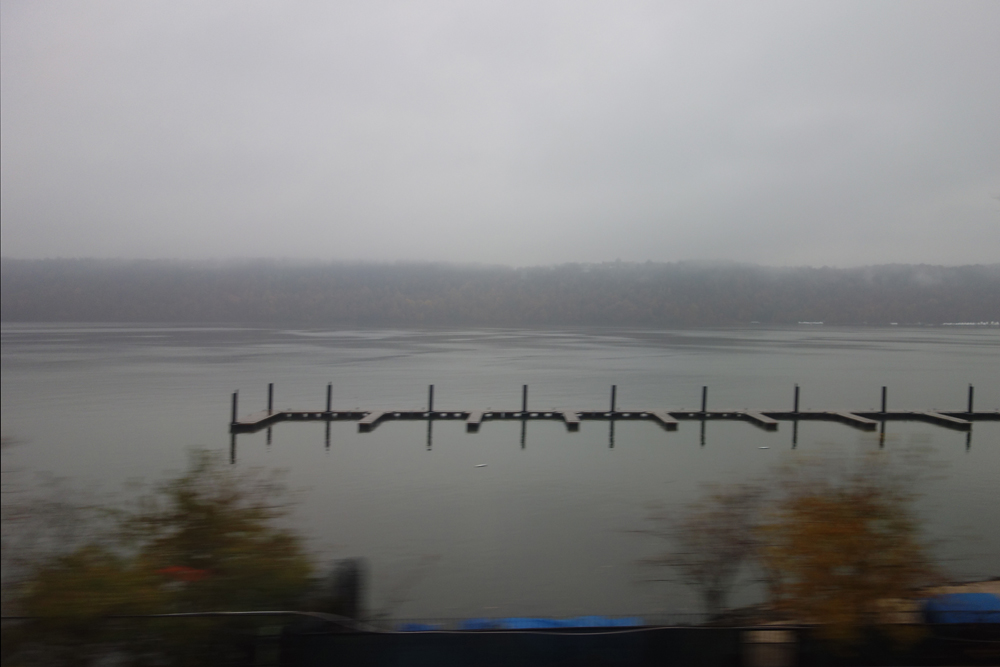
We hung out with Frank DeBlase in the back room at Record Archive while Teressa Wilcox finished her set and the Goners set up. Frank was excited about his upcoming workshop at Writers & Books, a course in crime writing, where he plans to discuss plotting and plodding. I immediately knew what he meant by plodding because it is the method I prefer. I don’t like planning or knowing what will happen before it does. Frank leaned toward the plod but seemed a little torn. He has some stories to tell.
He was telling how he went to a writers’s conference in Philly and met author, Steve Hodel, son of George Hill Hodel who was friends with Man Ray and John Huston. After the elder Hodel died, his son Steve, a former LAPD homicide detective, came to believe his father was the “Black Dahlia’s” killer.
1 Comment
There is actually a slightly different terminology floating around the fiction world: Plotters and pantsers. Pantsers go by the seat of their pants, letting the story and the characters go their own way. I was very happy to discover that this was ‘normal’ as I have no choice. In fact, with the exception of mysteries and some historical fiction, nearly all the writers I respect go with the flow. For example, The English Patient, an intensely complex and mysterious novel, was started with an image of an invalid in a castle in Italy after the war. That’s all he had. There are endless other examples and the subject has been very widely written about. Crime however, is understandably the exception. To make it work the reader must be able to work it out themselves with the available evidence (no sudden last minute developments only the protagonist knows about).